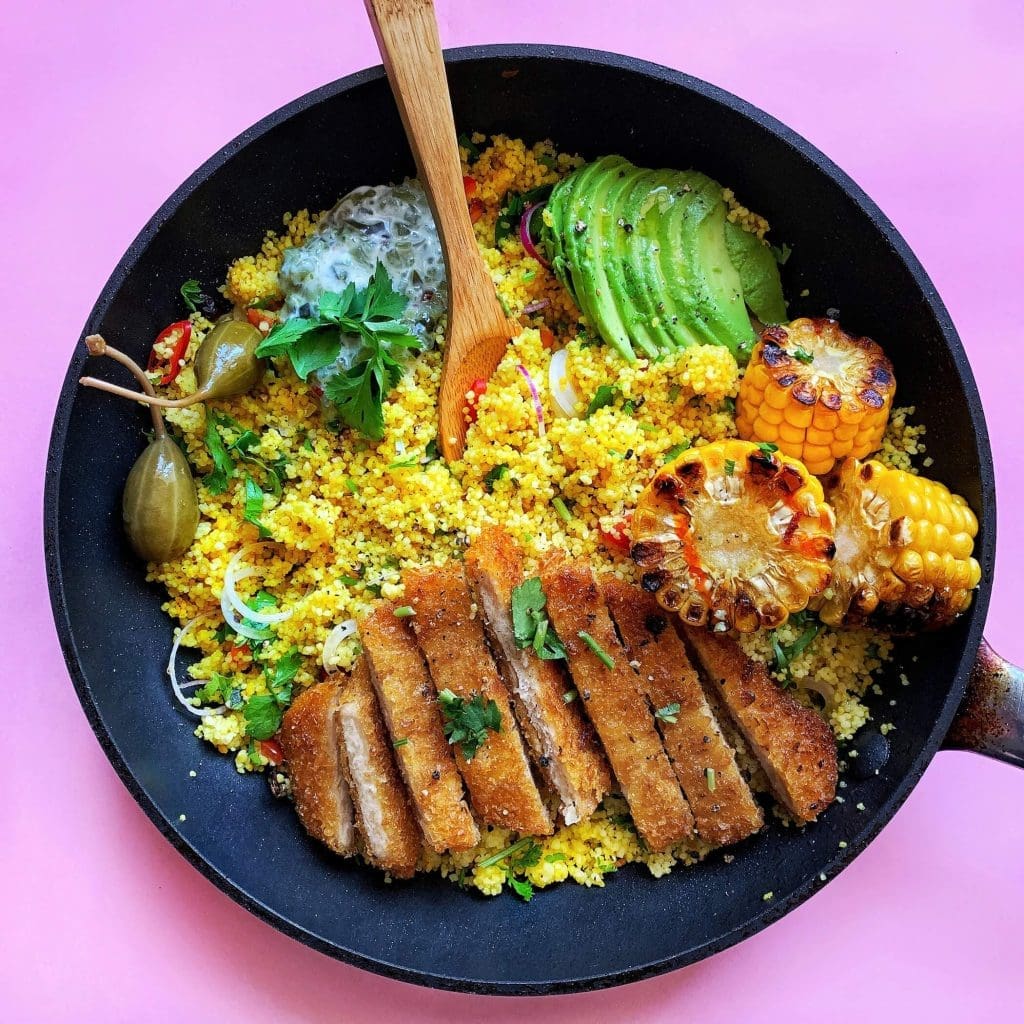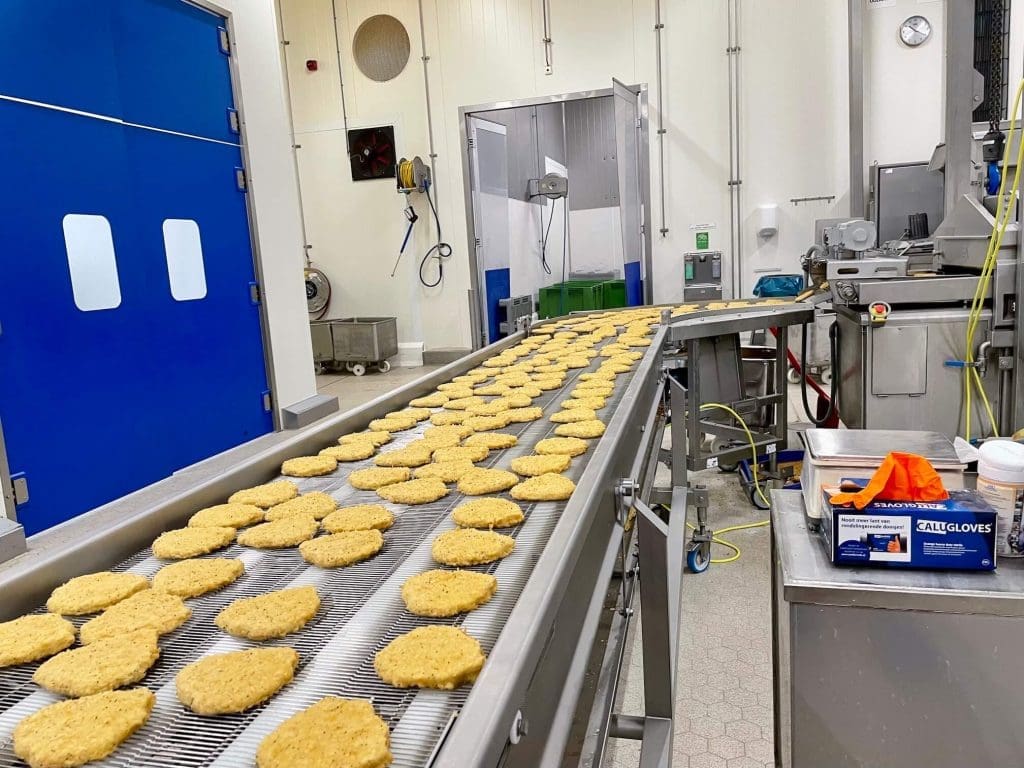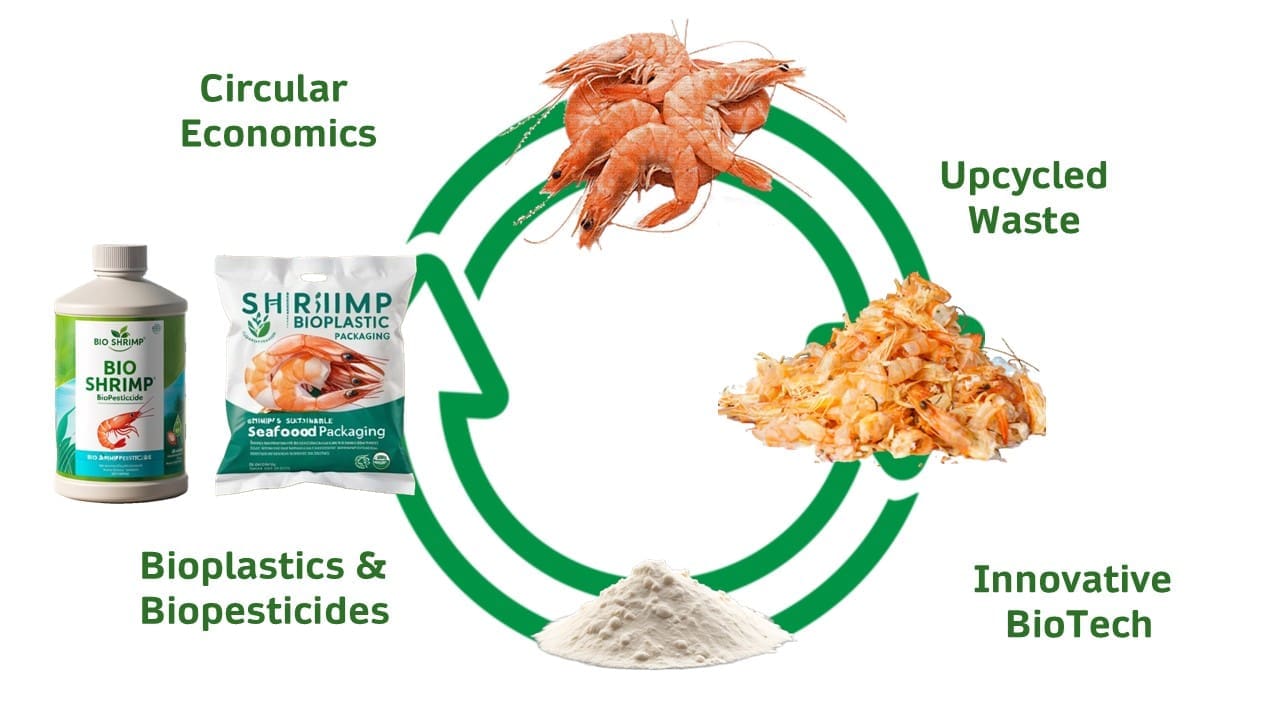
CEO Food Future Group
In a rapidly evolving food industry, the alternative protein sector faces both significant hurdles and promising opportunities. Alex Ward of Food Future Group shares his insights on how brands can overcome consumer skepticism, what makes an innovative food product succeed globally, and how regulatory frameworks shape market entry.
From tackling overhyped expectations to leveraging upcycled agricultural waste, Ward offers a strategic perspective on the future of sustainable and functional food innovation.
What are the main opportunities and challenges for the alternative protein sector in the coming years?
Simply put, the main challenge is the over hype of commercial expectation and the underperformance of many alternative protein brands. The other is that the market was flooded with low quality products that have now put many consumers off.
The opportunity is for products that are genuinely delicious and nutritious, and there are many, to position themselves as consumer-focused food brands first and remove any reference to being an alternative. A focus on taste, nutrition, format and distribution will deliver scale and an opportunity to bring costs down.
What factors determine the success of an innovative food product on a global scale?
Taste, Nutrition, Availability and Affordability are the key considerations. I recommend companies to closely monitor consumer and food trends and ensure that any innovation is delivering real value to a consumer at a specific consumption occasion. It might be flavour or format or ingredient trends and the more companies can meet consumer needs, in an affordable way, the more chance they have of success.
How can companies navigate different international regulations in the alternative protein and functional food sectors?
For novel ingredients, starting early with regulatory approvals matters as it can take years to get final approvals. Working with experts in this field, and these can be external consultants, can help with navigating the ever-changing complexities. For example, the potential changes in the self-affirmed GRAS certification in the US, could slow down the commercialisation of novel ingredients.
From a formulation perspective, using ingredients that are readily available and allowed in multiple countries and wherever possible already used in their manufacturing facilities, can enable a more cost-effective manufacturing process.


What is the potential of upcycling agricultural waste, and how can companies integrate it into their processes?
The potential is limitless and there are significant R&D efforts targeting this space. Some of the most interesting examples I am working on are using spent grains from the brewing and malt processes to extract protein and fibre that can be used to fortify noodles and baked goods.
Fibre is present in many agricultural waste products and can easily be used for human nutrition rather than animal nutrition or burnt as fuel, which is the case for much of the sugar cane industry. Companies that can build the processing infrastructure on site at the end of their existing production lines, will optimise their processes and have the most cost-effective solutions.
What key messages do you plan to share at Saudi Food Manufacturing 2025, and how do you see the Middle East’s role in the future of food innovation?
The global food system is at capacity, with constrained supply chains and rising costs. This presents an opportunity for the Middle East to invest in food security and reduce reliance on imports, leveraging existing technology. With the population projected to reach 10B by 2050, including 600M in the Middle East, innovation in food production and processing is essential to meet nutritional needs, particularly for protein and fiber. As funding tightens and major food companies face pressure, consolidation is inevitable. Companies will collaborate through M&A to enhance taste, texture, and nutrition, fostering genuine partnerships. Innovation is creativity that sells.





